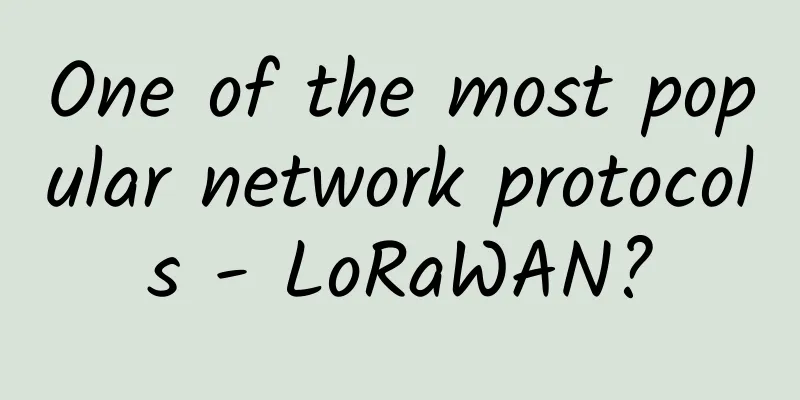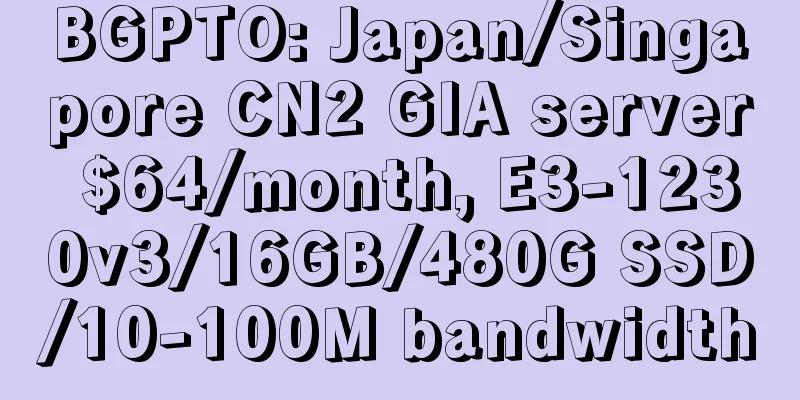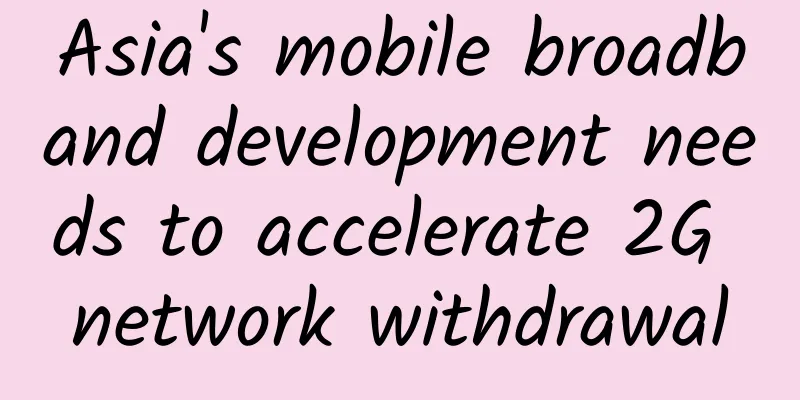One of the most popular network protocols - LoRaWAN?

|
Communication and network protocols are an essential part of Internet of Things (IoT) applications. Without them, it would be impossible to interconnect devices and exchange data to create smart applications. Fortunately, there are multiple options for such protocols, with different technical features and utilities, each suitable for specific domains and use case scenarios. Official definition of LoRaWANBefore we delve into the definition of the protocol, let’s first understand some important facts about its origins. LoRaWAN was developed by the LoRa Alliance, which was founded in 2015 and has more than 500 members, including IoT product and service providers, manufacturers and telecommunications companies. LoRaWAN was developed in 2009 by the founders of Grenoble-based Cycléo, which was acquired by Semtech in 2012. Three years later, Semtech founded the LoRa Alliance, an industry association that now has more than 500 members, including IoT product and service providers, manufacturers and telecommunications companies. It is through this ecosystem that Semtech promotes the protocol and develops its use worldwide. In addition, LoRaWAN is a medium access control (MAC) layer protocol that became an officially recognized low-power wide-area network (LPWAN) standard by the International Telecommunication Union (ITU) in 2021. The official definition released by the LoRa Alliance is as follows: “The LoRaWAN® specification is a low-power, wide-area (LPWA) networking protocol designed to wirelessly connect battery-powered “things” to the Internet in regional, national or global networks and targets key Internet of Things (IoT) requirements such as two-way communications, end-to-end security, mobility and localized services.” LoRaWAN combines the wireless interconnectivity of IoT devices and networks while retaining important features for end users. Simplified LoRAWAN definition:The following line-by-line explanation of this definition is given in detail. “The LoRaWAN® specification is a low-power wide-area (LPWA) network protocol” – LoRaWAN is a communication protocol that has low energy requirements but supports larger areas. “Designed to wirelessly connect battery-powered ‘things’ to the Internet in regional, national or global networks” – It is capable of wirelessly interconnecting IoT battery-powered devices via the Internet, supporting networks from local to global levels. "and targets key Internet of Things (IoT) requirements such as two-way communication, end-to-end security, mobility, and localized services." - As a protocol, it aims to further enhance important IoT requirements such as two-way communication and data transmission, secure data transmission from one device to another, support portability, and assist in real-time tracking capabilities. Technical characteristics of LoRaWANThe basis of its technical specifications is the connection with LoRa, a wireless modulation scheme developed by Semtech. Specifically, due to its MAC characteristics, it acts as an extension of LoRa and deploys supported nodes into the LoRa system in a star topology. The main features of LoRaWAN are as follows:
Pros and Cons of LoRaWANConsidering the technical characteristics of the protocol and the functions it defines, we can look at its advantages and disadvantages. As can be seen from its definition and technical characteristics, one of the biggest advantages of the LoRaWAN protocol is its low power requirements and increased battery capacity, as well as long-range capabilities. This makes it a perfect solution for the deployment of IoT technologies and smart solutions. The protocol works well indoors through dedicated networks and allows the use of sensors to collect data from underground devices in some cases. In fact, the protocol supports both public and private networks. The protocol also supports real-time tracking services and geolocation without the need for a GPS chipset. However, it also has some disadvantages: Due to the limited data rate, it is not suitable for large payloads. It also cannot support multimedia files such as audio or video. Another factor to consider is that, depending on the installed sensor, there may sometimes be a slight delay. In fact, for Class C sensors, the command (downlink) is sent immediately after programming and there is no delay. For Class A sensors, the command is executed after the sensor sends a message to the server. Here are some use cases for A&C class devices:
Finally, depending on the use case and the type of frequencies used, additional setup may be required to avoid potential interference. SummarizeThe LoRaWAN communication protocol is a long-range, low-power wireless protocol designed to connect objects to the Internet, such as IoT sensors in environments where traditional cellular connectivity is not an option or is costly. Due to its longevity and cost, it is an effective and sustainable solution for smart buildings that can improve a building's energy performance, comfort, air quality, security or equipment management. |
<<: Why bridging 5G and Wi-Fi is key to a connected future
Recommend
2021 Apps UP Competition | Huawei Chen Lifang: The stars will never fade, let’s walk hand in hand
[Beijing, June 10] The 2021 Huawei HMS Global App...
GSMA releases a white paper on 2G/3G network decommissioning experience in Asia Pacific to help operators reduce costs and increase efficiency, and move forward with ease
With the popularity of smartphones and the rapid ...
5G has just arrived, and 6G is on the way...but what will it look like?
[[352946]] On November 13, the website of the U.S...
5 Service Level Agreement Best Practices for a Unified Communications Strategy
Organizations need strong SLAs to meet their UCaa...
Let's talk about NAT protocol???
Hey everyone, this is cxuan. Today we are going t...
Cisco fully opens a new era of smart office
Technology has revolutionized the human work expe...
COVID accelerates interest in 5G, digital transformation, and IoT
[[409518]] The COVID-19 pandemic has accelerated ...
Ministry of Industry and Information Technology: The information and communication industry is operating smoothly, with 5G users accounting for more than 30%
On November 21, the Ministry of Industry and Info...
Think about these three details clearly, and your Internet of Things will be truly implemented!
[51CTO.com original article] The Internet of Thin...
Aicrypt and Anbai Technology have entered into an in-depth "marriage" to jointly eliminate the "security island" of enterprises
[51CTO.com original article] Recently, Aicrypt an...
Liu Liehong: my country has built the world's largest optical fiber network and 4G network
[[391129]] On March 31, the "2021 Digital Tr...
Let's talk about three kinds of custom networks in Docker (bridge, macvlan, overlay)
Docker provides a variety of network drivers, all...
Ministry of Industry and Information Technology: my country has built and put into operation a total of 1.425 million 5G base stations
At 10 a.m. on January 20, 2022, the State Council...
Just now: The Ministry of Industry and Information Technology requires the three major operators to conduct self-inspection of their "unlimited" packages!
The entire industry should immediately conduct se...
Do you know the origin and function of Wi-Fi?
Since its introduction 25 years ago, Wi-Fi has pl...









